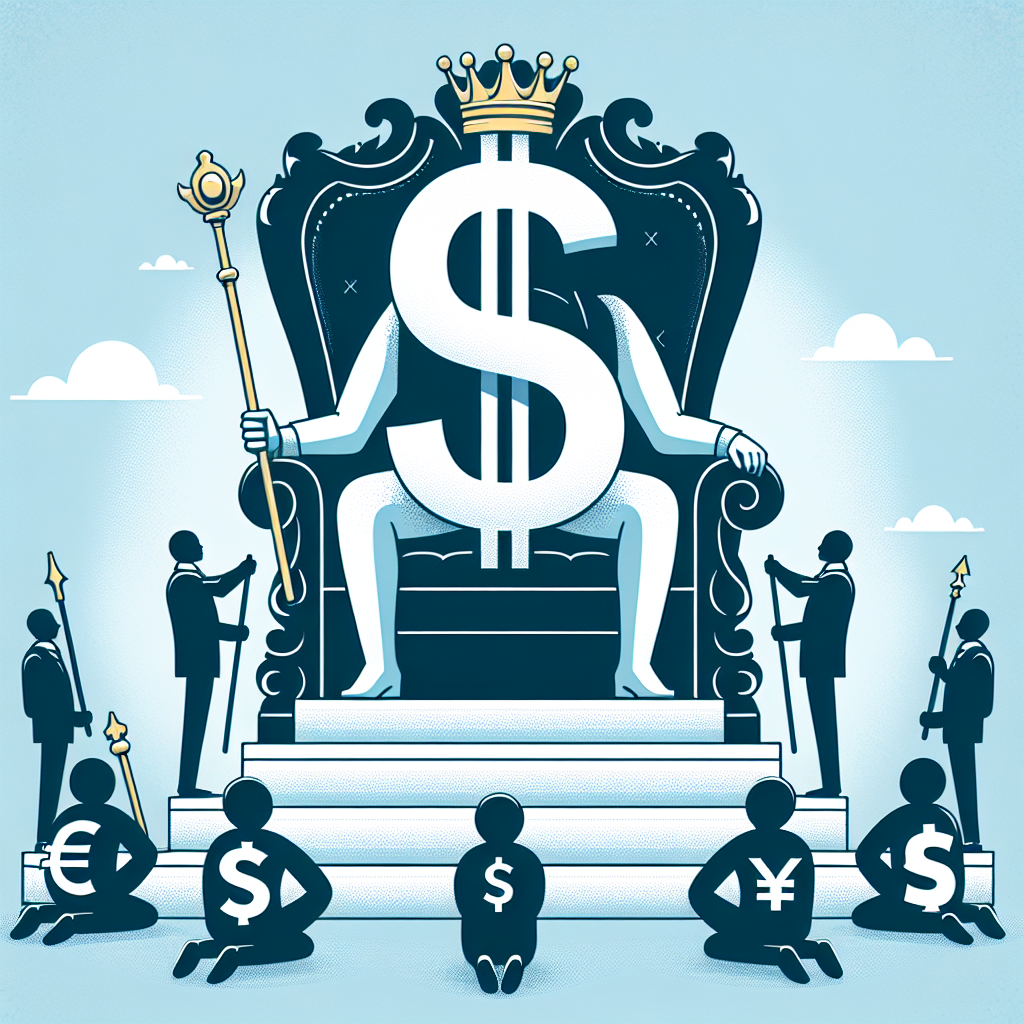When economists analyze the dollar’s significant global role as the primary reserve currency, they often attribute it to structural factors such as the US share of world GDP and the depth of US financial markets. This perspective leads many financial market participants to believe that as long as the US remains the world’s leading economy, the dollar will continue to be a safe haven.
However, the second Trump administration serves as a reminder that raw data alone cannot fully explain the rise and fall of international currencies. Historically, it has been the actions of individuals, rather than abstract economic or market forces, that have shaped the fate of global currencies. People like Paul Warburg, a key figure in the establishment of the US Federal Reserve, played a pivotal role in shaping the international status of the dollar.

Warburg, a German-American banker with extensive international experience, recognized the importance of establishing a central bank in the US to promote the international use of the dollar. His efforts, along with those of other influential individuals like Harry Dexter White, were instrumental in solidifying the dollar’s role as a global currency.
White, a key figure in the creation of the Bretton Woods System, ensured that the dollar became the linchpin of the postwar international monetary order. By crafting agreements that emphasized the dollar’s convertibility and stability, White laid the groundwork for the dollar’s dominance in global trade and finance.
Despite the strong foundation built by individuals like Warburg and White, the future of the dollar’s global status is now uncertain. The policies and actions of the Trump administration, including trade tariffs, sanctions, and fiscal decisions, have raised doubts about the dollar’s long-term viability as the world’s primary reserve currency.
As the US faces challenges to its economic exceptionalism, fiscal stability, and international alliances, the fate of the dollar hangs in the balance. The erosion of trust in US institutions, coupled with unpredictable policy decisions, could weaken the dollar’s appeal and pave the way for other currencies to gain prominence in the global financial system.
In conclusion, the continued dominance of the dollar will depend on America’s commitment to upholding the rule of law, respecting international agreements, and fostering strong relationships with its allies. The legacy of individuals like Warburg and White serves as a reminder of the importance of visionary leadership in shaping the fate of global currencies.

